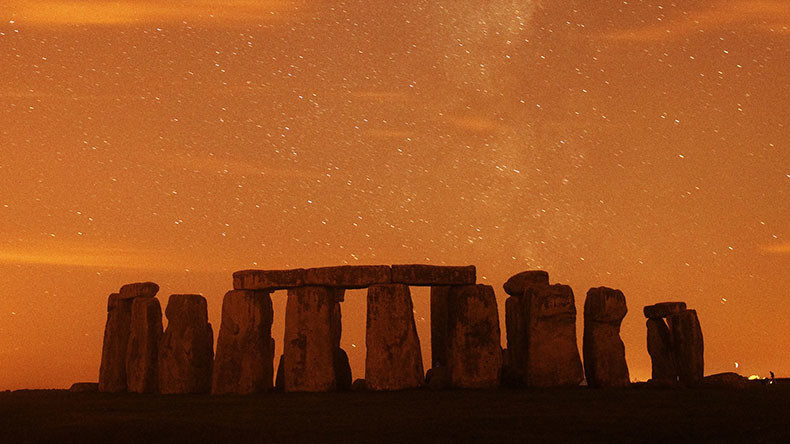OF THE
TIMES
I've had enough of someone else's propaganda. I'm for truth, no matter who tells it. I'm for justice, no matter who it's for or against. I'm a human being first and foremost, and as such I am for whoever and whatever benefits humanity as a whole.
Yes I think about the problem far too much. How do you curb global fascism? And how do we survive the digital age when we now see that those who...
There is no point in negotiating with madmen.
Considering that Jill Stein is Jewish, And they want us to believe she is a good jew because she is against the bad jew , they have been using...
MESSAGE TO SOTT Ladies and Gentlemen of SOTT, I have finally found sufficient time and opportunity to deal with this matter, which is necessary...
MESSAGE TO SOTT Ladies and Gentlemen of SOTT, I have finally found sufficient time and opportunity to deal with this matter, which is necessary...
To submit an article for publication, see our Submission Guidelines
Reader comments do not necessarily reflect the views of the volunteers, editors, and directors of SOTT.net or the Quantum Future Group.
Some icons on this site were created by: Afterglow, Aha-Soft, AntialiasFactory, artdesigner.lv, Artura, DailyOverview, Everaldo, GraphicsFuel, IconFactory, Iconka, IconShock, Icons-Land, i-love-icons, KDE-look.org, Klukeart, mugenb16, Map Icons Collection, PetshopBoxStudio, VisualPharm, wbeiruti, WebIconset
Powered by PikaJS 🐁 and In·Site
Original content © 2002-2024 by Sott.net/Signs of the Times. See: FAIR USE NOTICE

Reader Comments
So, these folks were maybe living in a land of primitive communist abundance? There was so much around to be had for the picking. That must be it. Aurochs are us. Hey, labour force! Knock it off and let's go on walkabout.
Sure, that's believable.
This kind of pattern would be very hard to determine if true. The only permanent places would be year-round pleasant temps. That's the Med. Were we actually global sailors? Were the women like in the early Ukraine and Danube civilizations the year round settlements? They wove the sails? Was trade and exploration the driver of civilization?
If you live in a Victorian house, does that make you a Victorian architect?
Dumb-ass wind-baggery.